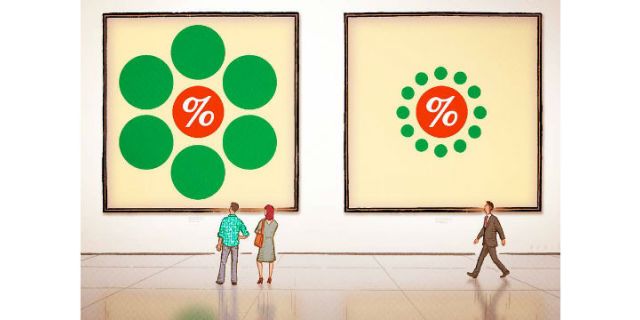Mohnish Pabrai, managing partner of Pabrai Investment Funds, speaks during the Value Investing Congress in New York. Photographer: Daniel Barry/Bloomberg News
Since inception, Mohnish Pabrai has beat the stock market by triple digit returns. What was the key to his success? Pabrai would argue nothing unexpected or surprising. In fact, he attributes his massive success to a keen sense of cloning other super-investors like Warren Buffett and Charlie Munger. On the investing podcast, Pabrai discussed a range of topics to help explain his way of thinking and methods for achieving such strong performance.
Preston Pysh: [2:29] You have an IT background that not a lot of people know about. Would you have taken a different career path if you had found value investing first?












 While this article may seem dated, it does not in any way diminish the importance even at this point in time.The article has been written by D. Muthukrishnan (Muthu) and can be found on his blog
While this article may seem dated, it does not in any way diminish the importance even at this point in time.The article has been written by D. Muthukrishnan (Muthu) and can be found on his blog